Reclaim Brixton: gentrifiers against gentrification
Middle-class moaning ignores the real causes of the housing crisis.
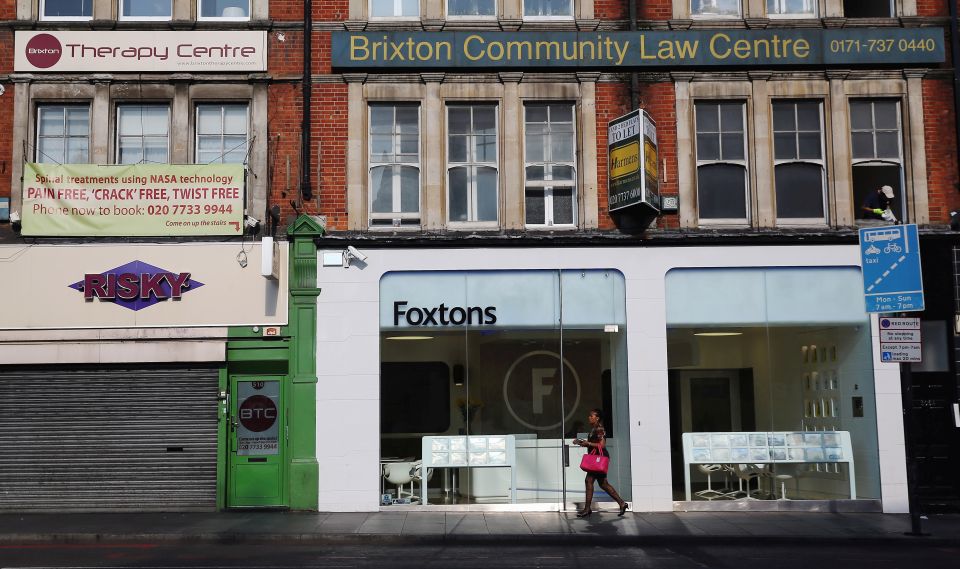
Want unlimited, ad-free access? Become a spiked supporter.
Last year, several protests were staged against the gentrification of the London borough of Hackney. In addition to the protests, a ‘pop-up’ café was targeted, as the protesters called out the ‘yuppie scum’ who ran and frequented it. What’s more, the Brick Lane breakfast bar Cereal Killer, which serves expensive bowls of cereal in ‘one of the poorest boroughs in London’, was ‘exposed’ by Channel 4 News.
This month, the protests continued with an effort to ‘reclaim Brixton’ from gentrification. The #ReclaimBrixton event, supported by the London Black Revolutionaries and the Left Unity parliamentary candidate, Simon Hardy, attracted around a thousand people. #ReclaimBrixton gained notoriety when some protesters broke the plate-glass window of the estate agents, Foxtons, and were then sprayed with CS gas by panic-stricken police. Judging by the street party that followed, though, the mood was happier than those scenes suggest, and some organisers distanced themselves from the ‘agent provocateurs’ who attacked Foxtons.
There are some very important issues raised by the protests, such as the great burden of rising rents and astronomical house prices. Protesters have alighted, too, on the controversial regeneration of the Aylesbury Estate, which will involve the demolition of social housing. Southwark Council has defended its decision to sell off the estate, arguing that there will be as much social housing as before (though there will be marked densification – that is, packing more people into smaller spaces).
Looking at the protests and the history of both Brixton and Hackney, however, it is hard not to ask: who are these hated gentrifiers and incomers? After all, the gentrification of these inner-city enclaves has been noted since the early 1980s. The word gentrification was coined by the radical geographer, Ruth Glass, who wrote as early as 1964, in London: Aspects of Change, about how ‘one by one, many of the working-class quarters of London have been invaded by the middle classes’. She warned: ‘Once this process of “gentrification” starts in a district, it goes on rapidly until all or most of the original working-class occupiers are displaced, and the whole social character of the district is changed.’
The trend identified by Glass was arrested by a long slump in the 1970s that led better-off people out of the city to the suburbs, a process sometimes called ‘white flight’. As a result, inner-London depopulated, while local authorities struggled to cope with falling school rolls, vacant and derelict properties and other signs of deprivation. It is hard to remember, but back then, ‘urban’ and ‘inner-city’ were sociologists’ code words for social problems, deprivation, and also for black and immigrant areas.
This was the time that Brixton was known as a ‘black’ area, as was south Tottenham and some of Hackney. Outward migration from London, and the recession-depressed prices, meant that migrants tended to settle in these poorer areas. When my late mother taught at the Effra Road Junior School in south London, the West Indian parents would complain to the school that: ‘You only want to know my son on sports day.’ There were Black Power groups active in Tulse Hill School, also in south London. On Kingsdale School’s leavers’ day in 1973, boys barricaded themselves into the headteacher’s office and played Bob Marley and Tapper Zukie over the school’s tannoy system, calling themselves ‘Radio Revolutionary Kingsdale’.
In April 1981, police shut down much of Brixton, detaining young black men under stop-and-search laws as part of Operation Swamp. The heavy-handed tactics provoked two days of rioting in which police lost control of the streets. The event was a great shock to the powers-that-be, who ordered a judicial inquiry to be held under the auspices of Lord Scarman. It was assumed that ‘lingering association with the riots of 1981 has dissuaded investment there, and has kept property prices artificially low’. In fact, the determination to regenerate the area with the £160million Brixton Challenge programme in the early 1990s had quite an influence, and soon afterwards the area enjoyed a renaissance (1).
Estate agents Roy Brooks first started promoting Brixton, renaming it ‘Poets Corner’, in 1983, when house prices started at £30,000 (2). As an Observer journalist reported a few years later: ‘Anita Chambers was a partner at Roy Brooks then, and her surprise choice of an emergent London to watch is Brixton … Look out for Coldharbour Lane (one-bedroom flat for £37,500)… Loiter along a series of roads named after the poets Shakespeare, Chaucer, Spenser and Milton, where unmodernised houses start at £55,000… Handsome four-floor “mansions” like the one in Brixton Water Lane, and an early Victorian house with a large back garden could set you back as much as £120,000.’ (3)
That was 30 years ago. Fifteen years ago, people were beginning to look back at the Brixton renaissance with nostalgia. Pamela Buxton reported in 2000 that ‘new money is flooding into the area, as young and mostly white, middle-class professionals buy up property and spend their disposable income in booming new bars, restaurants and clubs’. The area’s associations with the riots and its immigrant history, which would have put off older generations, were points of attraction for the incomers: ‘Unlike many of their parents, they aren’t put off by Brixton’s often edgy atmosphere: the noisy chaotic streets around Coldharbour Lane, its reputation for drug-dealing… Instead they love the old landmarks, such as the Brixton Academy… and the fantastic market on Electric Avenue; and the new, like the revitalised Ritzy cinema and suave new bars like the Neon… A two-storey flat can go for up to £180,000, compared with £65,000 five years ago.’ (4)
The regeneration programme celebrated Brixton’s Afro-Caribbean heritage, naming Windrush Square after the boat that brought the first migrants from the West Indies to London in 1948. Of course, the paradox was that, in moving there, the incomers were changing the area’s social make-up. Resident and restaurant critic Jay Rayner saw in 2000 that ‘Brixton is changing’: ‘Last year Helter Skelter on Atlantic Road became Brixton’s first restaurant to be listed in the Good Food Guide… There’s a new sushi place, a new funky world café… [T]he opening of Neon in Brixton is a further sign of the area’s growing gentrification, and when food’s as good as this, that’s no bad thing.’ And what’s more, Rayner wrote, ‘the value of my house has already increased by 60 per cent in the past 18 months’ (5).
Even then, rising house prices were not identified as a problem, but rather a good thing. Estate agent Gassell Gordon reported that incomers were snapping up bargains, while ‘those selling up, such as former immigrants from the 1950s and 1960s, are benefitting as they retire and move out of the area, sometimes returning to the Caribbean’.
Hackney enjoyed a similar revival, centred on Hoxton and Shoreditch, in the 1980s. The area had been very depressed, and the borough was investigated by the Commission for Racial Equality over its apartheid-style housing allocation. The Hackney Black Alliance put pressure on the borough and protested against the building of the local police station. With prices depressed, some younger artists and other bohemians saw the attraction of the area. Hippy Mick Farren and writer Iain Sinclair moved there; in 1969, artists Bridget Riley and Andrew Logan found cheap and large studio spaces further east in Butler’s Wharf and St Katharine Docks; and later, in 1992, Sarah Lucas and Tracey Emin opened their own art store, The Shop, just north of Brick Lane.
In 1985, the Guardian’s Tim Roberts was reporting on ‘the borough that looks to be going up in the world’, where house prices had trebled over the preceding four years. The ‘headquarters of the local yuppie putsch is the estate agents Alan Selby’. Back then, Alan Selby was selling homes to ‘young professionals who have the financial muscle to take on a first-time mortgage of anything up to £55,000’, including a ‘refurbished warehouse renamed the Colonnades… offering huge living spaces and communal gardens at prices ranging from £40,000 to £52,000’ (6). Today, of course, the average house price in Hackney is £850,000.
Thirty years ago there were protests in Hackney against gentrification, organised by the middle-class anarchists of Class War. They explained – to the Guardian, of course – that ‘the idea is to make life as unpleasant as possible for the gentrifying newcomers, [and] send them back to “their Surrey golf courses and Hampstead mansions”’. Anonymous letters were sent warning ‘carpetbaggers’ to leave or face the consequences (7).
The young petit bourgeois organised protests against the bankers in the City in 1981, and then again in 1991 under the Stop the City umbrella, horrifying traders by lobbing tampons at them. In 1999, Stop the City protesters were in Brixton defending a squat against developers.
By the turn of the century, artists were complaining that they could no longer afford to rent studio space. Urbanists dubbed it the ‘Hoxton Effect’, whereby artists helped to rebrand an area, changing its decrepit associations into positive signs of character and historical resonance, but then priced themselves out, as wealthier residents moved in. The very people that had helped to boost the place could now no longer afford to live there.
You can see the same thing in Palo Alto, California, where millionaires complain that the place is being ruined by billionaires. In Brooklyn, too, urbanists who have been deploring the bias towards the suburbs for years can now be heard complaining about the way in which their neighbourhoods are being ruined by the influx of wealth.
In the 2000s, the Daily Mail started to complain about ‘middle-class inflation’ – a problem so discrete that it didn’t register on any economic statistics. What they meant was that wealthy Russian and Chinese arrivistes were grabbing all the public-school places and forcing up the cost of a home in Bayswater or Chelsea.
The campaigns to stop the gentrification of Hackney and Brixton today are largely led by the gentrifiers of the preceding decade. One cause célèbre of #ReclaimBrixton are the murals painted by artists on the threatened Brixton arches, including an ethereal dreadlocked rasta by the Norwegian artist Zina. In the street party that followed, the signifiers were multicultural, but the sociology was decidedly middle class. One tweeter admitted: ‘Not sure where I stand on #ReclaimBrixton. I was a mid-90s gentrifier; I’d happily smash Foxton’s window. Might do next week, for lolz.’
Hackney filmmaker Benedict Seymour described the paradoxes of the anti-gentrification protests: ‘Each wave of colonisers plays out the contradictions of their particular claim to space, taking sides against the next phase of gentrification in which they nevertheless conspire.’ (8)
Seen in the round, the contrast between yuppie outsiders and original residents is absurd. The British National Party happily took up the #ReclaimBrixton tag, contrasting pictures of the area’s white residents from before the Second World War with pictures of black immigrants – which was not at all what the protesters intended. All the same, making rising house prices into the basis of a new ‘class war’ is to confuse the surface fluctuations in market prices with the underlying relations of production. Turning conflict into an imaginary contest over resources is just a way of dividing ordinary people against each other, as residents and incomers, or as old versus young, or as traditional versus new, or as black versus white.
Those who see rising house prices as a gentrification of London are not really seeing the big picture. There are between eight million and 10million people living in London, depending on where you draw the boundary. But there are not between eight million and 10million millionaires in London. It is just not possible for London to be taken over by yuppies. There are simply not that many of them. Rather, rising prices are penalising everyone, so that, while there is clearly some churn, overall the same people are paying more on their rents and mortgages for less space.
The great disaster of the anti-gentrification protests is that they are intrinsically conservative, protesting against change and targeting new developments in particular. But new developments are exactly what we need. Unless many more homes are built, then prices will continue to rise, which will always penalise the worse off. That the new developments are too few, and will therefore tend to be too expensive, is a problem. But the answer is more development and more change, not less.
It is the gap between the number of houses built and the number of people that need them that has forced up house prices. And rising prices are what altered the sociology of suburbanisation and urbanisation. Once houses in the inner city stopped losing value, and started to climb in the 1980s, then demand started to ramp up. It is only by building many more houses that the inflationary bubble can be burst.
The nostalgia for a decrepit yesterday is particularly perverse. When the inner city was derelict and heavily policed, people dreamed of the regeneration of their neighbourhoods. Today’s protests are for the most part the whining of the squeezed middle, the voice of yuppie entitlement dismayed that they cannot keep pace on the hedonic treadmill.
James Heartfield is author of Let’s Build! Why We Need Five Million New Homes in the Next 10 Years. (Buy this book from Amazon(UK).)
(1) ‘The beautiful south’, Sarah Buxton, Guardian, 24 February 2000
(2) ‘The gentrification game’, Michael Dineen, Guardian, 30 January 1983
(3) ‘Coming Areas of London’, Michael Dineen, Observer, 5 October 1986
(4) ‘The beautiful south’, Sarah Buxton, Guardian, 24 February 2000
(5) ‘Leading light’, Jay Rayner, Observer,2 April 2000
(6) ‘The new Hackney-carriage trade’, Tim Roberts, Guardian, 15 June 1985
(7) ‘Balaclava Rebels take on yuppie invaders’, Guardian, 4 May 1987
(8) ‘Shoreditch and the creative destruction of the inner-city’, Benedict Seymour, Variant, Spring 2009
You’ve read 3 free articles this month.
Support spiked and get unlimited access.
Help us hit our 1% target
spiked is funded by readers like you. It’s your generosity that keeps us fearless and independent.
Only 0.1% of our regular readers currently support spiked. If just 1% gave, we could grow our team – and step up the fight for free speech and democracy right when it matters most.
Join today from £5/month (£50/year) and get unlimited, ad-free access, bonus content, exclusive events and more – all while helping to keep spiked saying the unsayable.
Monthly support makes the biggest difference. Thank you.
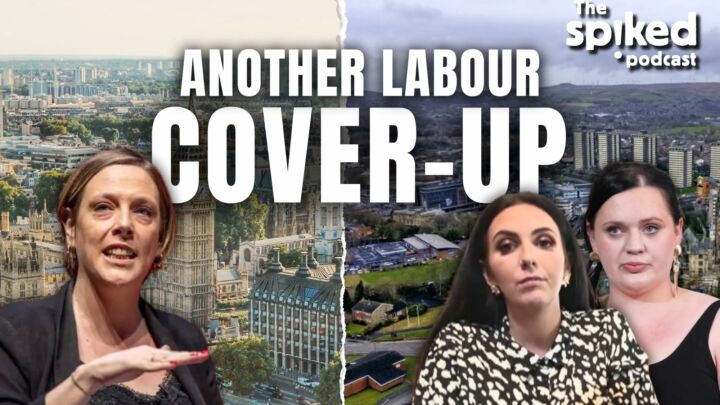

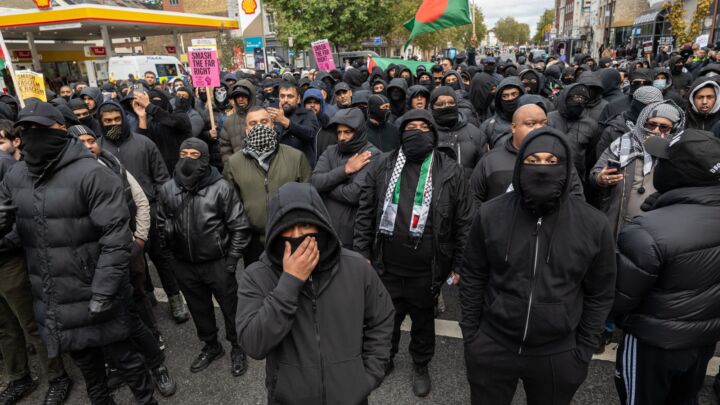


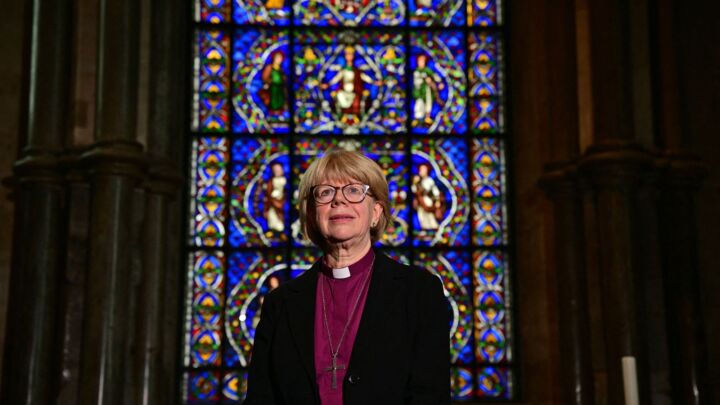
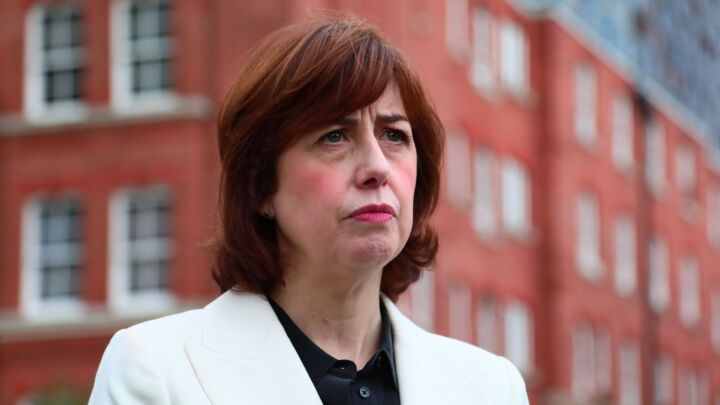



Comments
Want to join the conversation?
Only spiked supporters and patrons, who donate regularly to us, can comment on our articles.